
We typically give little thought to our vehicle’s windshield wipers until we actually need them and they don’t properly work. I’ve had a few experiences where I was essentially driving blind through the torrential rain of an Oklahoma thunderstorm because my wiper blades were shot and simply smeared the sheets of water across my windshield. Man, those were some scary drives. Even when I’ve had brand spanking new blades, I’ve experienced a few drives where it seemed like no matter what I did, my windshield was a blurry mess.
Today we take a look at the most common windshield wiper problems and offer some solutions that will give you a clear view of the road ahead in even the worst weather. It’s a good addendum to this week’s post on maintaining your car.
Smearing in Both Directions
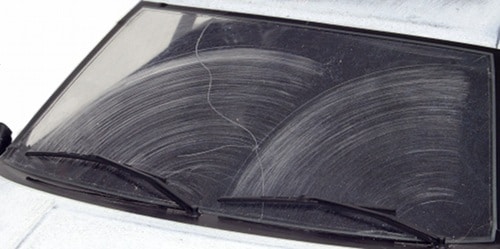
If your wipers smear water in both directions, you may have one of the following problems:
- worn blades
- a dirty windshield and/or wiper blade
- sub-par windshield wiper fluid
Try using new wiper fluid and cleaning the windshield and wiper blades before you replace the blades. To clean your wiper blades, simply wipe them with a clean rag dipped in hot, soapy water. After you clean off the soap, wipe the edge of the blade with rubbing alcohol. That can help with reducing streaks on your windshield.
Water Smearing in Only One Direction
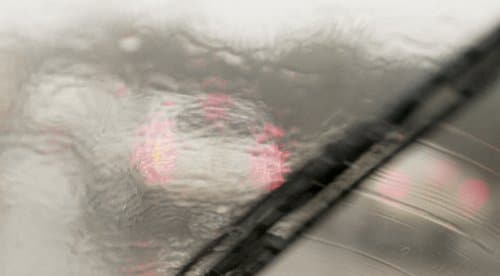
Water smearing in only one direction is common in cold weather, so there’s not much you can do about that. If you notice the smearing in one direction even when it’s not cold, it means your wiper blades are either, 1) old and hard or 2) the wrong size. Either way, you’ll need to buy new wiper blades.
Water Beads That Won’t Wipe Away
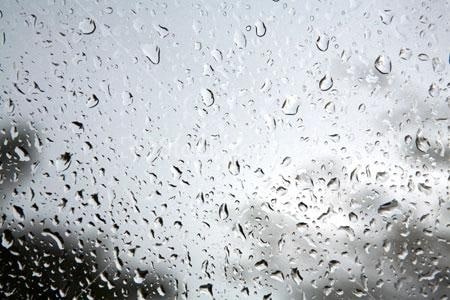
Boy, is this annoying. Water beads are actually supposed to be easy to wipe away. In fact, many of the windshield treatments that help keep your windshield clear cause water to bead and run off. But in certain conditions, beads won’t wipe or run off your windshield. Instead they’ll remain stuck dancing hypnotically on the glass, obscuring your vision.
This problem usually occurs in areas with high pollution. The residue and grime that builds up on your windshield causes water beads to stick. Before you treat your windshield with a product that repels water, give it a thorough cleaning to remove any residue that may have built up. If using a strong glass cleaner doesn’t do the trick, you might consider using a wax remover on your windshield. Watch out for the paint, though!
Chattering
The sound of your wipers chattering away on your windshield isn’t just grating, it also means the water isn’t getting wiped away efficiently; you’ll often see streak marks in the path of a chattering blade. There are a few possible causes of this problem. It’s often the result of a buildup of wax, oil, or grease which prevents the blade from cleanly wiping the water away. Give your windshield a nice, thorough scrubbing. Give the blades a good cleaning too, for good measure.
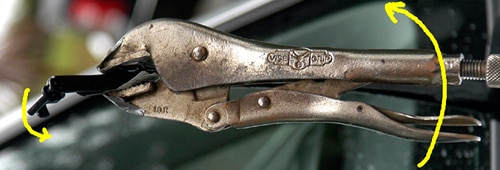
If that doesn’t fix the chattering, the problem may be a bent wiper arm. To make this diagnosis, bring the wiper up to mid-stroke on the windshield and examine the blade assembly. The blades should be making full contact on the windshield and the blade arms should be parallel to the glass. If the arm is bent, use some pliers to carefully twist it until it is parallel with the glass again.
A final reason that a wiper blade might chatter over the glass is because it is frozen. Give it some time to warm up with the defroster and you should be back in business.
Ensure Crystal Clear Vision by Regularly Changing Your Wiper Blades & Treating Your Windshield with a Water Repellant
Most of the problems above can be prevented by doing two simple tasks: changing your wiper blades regularly and treating your windshield with a water repellent.
Replace wiper blades regularly. Don’t wait until you find yourself in a downpour to realize it’s time to replace your wiper blades. They should be in top condition before you need them. The recommended wiper replacement schedule is once a year. Even if you don’t use your blades all that often, it’s still a good idea to replace them at this frequency. The hot sun beating down on an unused wiper blade can cause just as much damage as regular use in the rain.
A good time to replace your blades is at the tail end of winter. They’ll likely have just finished their harshest tour of duty clearing away all that snow and ice. A fresh set of wiper blades in March will ensure that you’re ready for the coming spring rains.
Treat your windshield with water repellent. There are a few products out on the market that, when applied to your windshield, repel water and make it easier for your blades to wipe it away. You have to apply it when your windshield is dry; so don’t try waiting until it starts to rain. Treatments typically last a few months, so you’ll need to reapply it regularly.
Windshield Washer Fluid Troubleshooting
You’re cruising down the freeway at 75 MPH when you come upon a dump truck full of gravel and dirt spewing dust behind it. Your windshield becomes caked in dust and visibility is quickly diminishing. Your hand automatically reaches to your windshield wiper handle, turns to activate the washer fluid spray, and…. nothing happens. Ah, crap.
Windshield wiper fluid is one of those things you don’t use too often, but it’s pretty annoying (and sometimes unsafe) when you need it and the sprayers don’t deliver. Here’s a quick troubleshooting guide to help you figure out your windshield washer fluid woes so you can have clear driving no matter what you encounter along the road.
Check the washer fluid pump. Even if you have a full tank of fluid, if the pump doesn’t work, your windshield can’t get sprayed. To find out if a faulty pump is the problem, do the following:
Pop open the hood and find the washer fluid pump. It’s pretty easy to locate. Just follow the tubing from the washer sprayers until you run into the pump. Have a friend get in the driver’s seat and activate the washer fluid switch. If the pump is working, it should make some noise. If your pump is silent, you’ll need to replace it. I’ve never done this job before, but it’s supposedly not too difficult. If you’re comfortable with tinkering, have at it. If not, take it to a mechanic and have them replace it.
Check for leaks in the washer fluid tank and tubes. It doesn’t matter how much washer fluid you dump down the tank, if you have a leak somewhere in your system, you’ll always come up short on the blue stuff when you need it most. Check the washer fluid tank for cracks. If you find any, chuck it and replace it with a new one.
If there aren’t any cracks in the tank, check the tubes leading to the spray nozzles for splits. If none are visible, run your fingers along the line. If you feel something wet, you found your leak. Replace as needed.
Check for clogged spray nozzles. If all the above checks out and you’re still not getting any spray, you might have a clogged spray nozzle. Stick a pin or a toothpick in the nozzle and dislodge any gunk that may be clogging it.
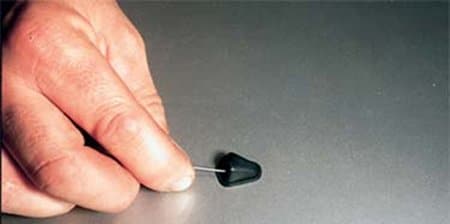
Any other advice on solving common windshield wiper problems? Share it with us in the comments.


